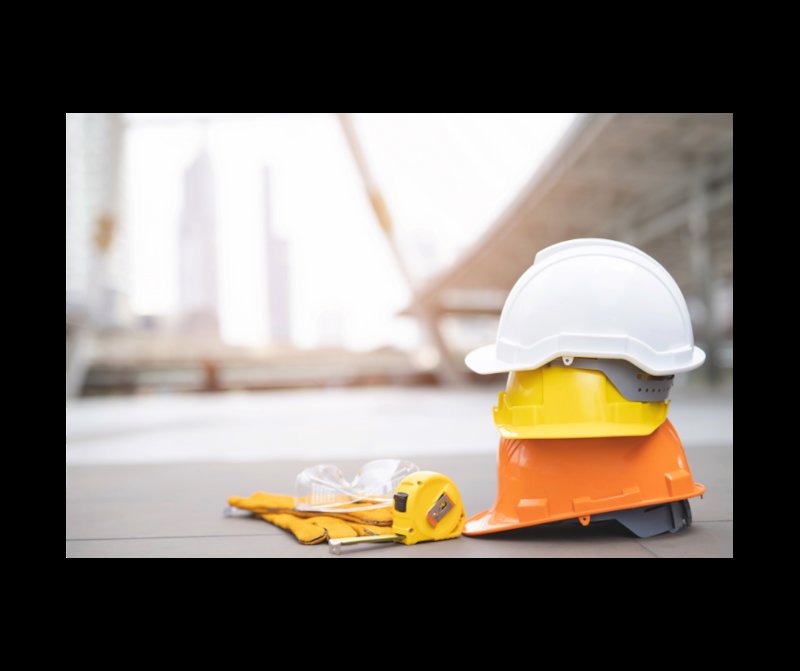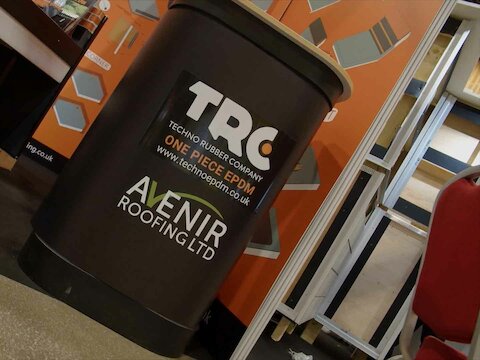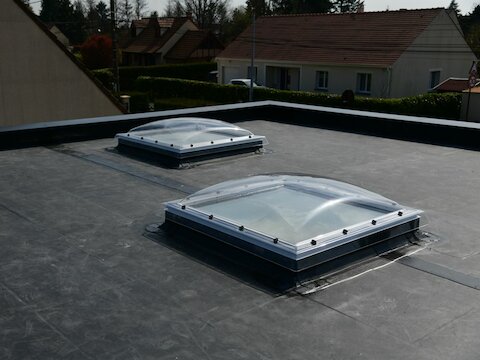Tips To Keep Your Roofing Employees Safe Whilst Working At Heights

Working in construction is one of the most popular industries to be working in when it comes to the hands-on manual labour industries. However, a roofing business needs to ensure its employees and contractors are kept safe at all times. Working on roofs can be a fulfilling role, but can also be a dangerous one. Whilst your business may adhere to safety regulations, accidents can still happen. The main causes of accidents when working in roofing include falling, being struck by an object, electrocution and more. In this article, we will be outlining how best to keep both your business and your workers safe whilst working on roofs.
Two workers are better than one
Although many companies may think it is cost-effective and more practical to have one worker carry out a minor roofing job, it is actually quite the opposite. By sending more than one worker to a job, you can not only save on working time but can also help prevent accidents from happening. Each employee will be able to spot one another and ensure each other's safety as the job is carried out. If an accident were to occur whilst your two workers are on the roof, the extra worker will have the capacity to save or take care of the distressed or injured worker.
Ensure workers are adequately equipped
In order to carry out their job professionally, roofers and contractors must have all the equipment they need to not only carry out their work but to keep them safe and away from any potential hazards. Protective wear must be provided for all workers such as suitable footwear, hats, trousers and shirts ensuring they are all functional and offer the correct levels of protection. Businesses must also have guidelines for workers and protocols in place that follow the legal requirements a roofing business is expected to follow. Below are just a few examples of tools and safety equipment roofers should be using whilst on the job.
Appropriate footwear: Safety shoes for roofers should be provided and worn by all staff on-site at all times. These are puncture, impact and pressure resistant shoes that have been designed to protect the feet of workers, no matter the materials they are using to carry out a job, be it tiles, scaffolding poles, or bricks.
Safety Harnesses: When working at any kind of height whilst working on roofing, workers should be provided with a harness, allowing the worker to attach themselves to a sturdy roof anchor, preventing any falls from large heights if they were to slip or trip.
Rope-Grab: This safety device allows you to traverse along a lifeline and then lock it into place in the event that you fall. Holding the rope grab down lets you move freely, while letting go cause it to latch to the rope and prevents you from falling any further.
Provide Proper Training
Even if your employees are prepped and ready to work with all the correct PPE in order to keep them safe, it all counts for nothing unless they are properly trained to carry out the work. It is a roofing business's responsibility to ensure that all their staff and employees are aware of how the equipment should be safely used, and their purposes and be aware of what the implications could be if used incorrectly. In addition to providing tool training for all employees, contractors must also undergo training on basic safety measures, as well as how to complete each job they may be required to work on, to a high, professional standard.
Ensure ladders are stable
As one of the first pieces of equipment a roofing contractor will likely touch on the job, it is highly important to ensure that the ladders are in full working condition and are stable at all times. They should be placed on flat, stable ground, and if this isn't possible, add a ladder leveller for any soft or uneven surfaces. Whilst working, employees should always maintain a 3 point contact with the ladder, whilst ensuring all locks on an extension ladder are secured. An important reminder would be to use fibreglass or wood ladders if the structure your workers are working on is surrounded by electrical lines to prevent any electrical currents from running through the ladder.
Encourage a clean working station
A clean working station is a safe one. By reminding your employees about the importance of maintaining a working space that's free of hazards and obstacles, the risk of any accidents occurring is significantly diminished. Potentially hazardous materials that may find their way into a work station include powerlines, unsafe access points or even skylights. If anything were to cause a worker to trip and fall on any of these, or into a skylight, the likelihood of a life-threatening accident is far larger than if these areas are kept clear of any tools, liquids or powerlines.




